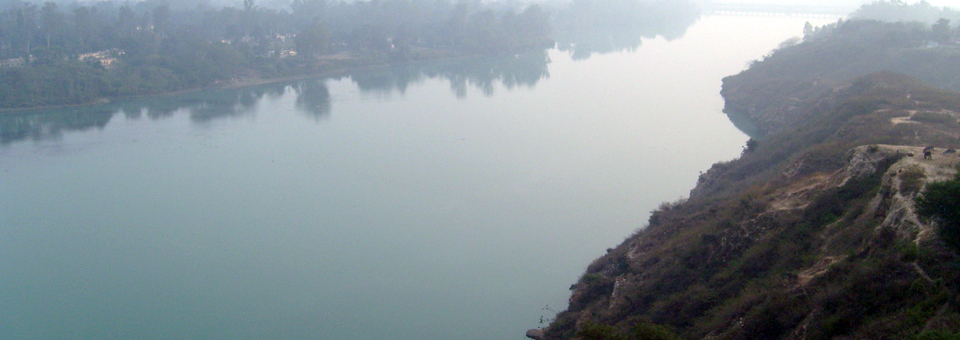A nuanced discussion of the Sikh Movement of the 1980s is difficult to come by. The reactions of people on a matter that few have any real knowledge of, are acrimonious for the most part. At the core of this subject, although hardly understood and never debated, are the roles of nationalism and proto-nationalism, or ‘primitive nationalism’.
‘Primitive’ nationalist movements seek to work within extant contextual norms (or within pre-existing frameworks of power to the layman). They are exemplified by characteristics such as reliance upon feudal leadership, tribalism, and conservative modes of thinking, whilst lacking overall structured leadership and ideology. They have historically failed such as the KDP in Kurdistan and nobles in the Scottish Wars for Independence). Whilst the Sikh movement in the 1980s, was not in any way ‘primitive’ from its outset, a number of key events reduced it to such. The modus operandi that has been developed from the fall of this movement has allowed the movement’s legitimate concerns to be overlooked and the resultant resumption of the pre-movement status quo.
The Sikh movement for social, political and economic change of the 1980s drew inspiration from carefully constructed ideas of historical legitimacy, the discourses of the House of Guru Nanak, and the capacity to redirect the future. Though initially amorphous in nature, and solidifying after June 1984, it was sustained via the functioning of non-State/non-hegemonic controlled entities – the All India Sikh Students Federation (AISSF), Panthic Committee and Sarbat Khalsa.
In parallel to these new institutions (or rejuvenated in the case of the Sarbat Khalsa) State machinery operated by the feudal leadership, as exemplified by the Akali Dal in Punjab, began a parallel movement ostensibly for the same goals. With their feudal structure, tribal in many cases, they systematically subverted the wider Sikh movement; their underlying structure and makeup unable to comprehend the alternative view of the Sikh movement. In order to preserve their status, their leaders formed alliances with all and sundry, seeking to hedge their bets with both sides, and at the end of it still come out on top.
Covertly, this feudal leadership opposed the Sikh movement, which they saw as competitors in marketing Sikh interests. Neither ethical values, nor ideological or political principles guided their actions. In short, they were able to align themselves and then eventually assert control over the non-state controlled entities, via competing Sarbat Khalsa’s and the bifurcation of the AISSF and Panthic Committees.
The reduction of ideologically motivated cadres through attrition, state security bodies operating carte blanche, and the jostling for control over state and non-state institutions, helped to create an atmosphere of confusion from which the feudal leadership ultimately benefited. The movement descended into that of a primitive nationalist movement, whose aspirations could easily be represented by the extant leadership. In this manner true revolutionary nationalism was killed.
However, it would be remiss to project the Sikh nationalists as blameless in this process. Many believed that true legitimacy could only be represented by capturing elements of the state – for example the 1989 General Elections where 8 of the 13 parliamentary seats were democratically won. Others advocated a continued violent movement, with no political recourse, and ending with the military defeat of the state. This difference combined with the aforementioned state of confusion, as seen in Chechnya and Kurdistan, allowed the reintroduction of the feudal elite as a normative balancing order.
The Sikh movement, whilst representing the aspirations of the Sikhs, in effect represented the aspirations of all India (or indeed humanity) inasmuch that Sikhi advocates equality and fraternity of all. Within the movement lay questions of centre-state relations, sovereignty, economic, social and political issues. With the movement’s collapse these issues remain unsolved, and still continue for the most part to fester and grow. The feudal elites have brazenly returned to the status quo – a status quo that refuses to recognise and learn from the events of the 1980s and 90s. The garb of primitive nationalism has been thrown off (although is hastily thrown back on when required) and the norms of an unresponsive state restored. At best the current elite are now ‘compradors’ of the centre.
In recent past the state has been able to ignore the above issues but this stance is now unsustainable. As the problems the Sikh movement identified, and attempted to counter, begin to spiral and domino, the effect will be felt by the majority of the population and not a farsighted minority. Now what is required is that new nationalists learn from their predecessors and determine how much, or how little, the feudal elite and their institutions are to be engaged, and on what terms. Only in this way can ‘primitive’ nationalism be avoided and a truer nationalism come to the fore.




